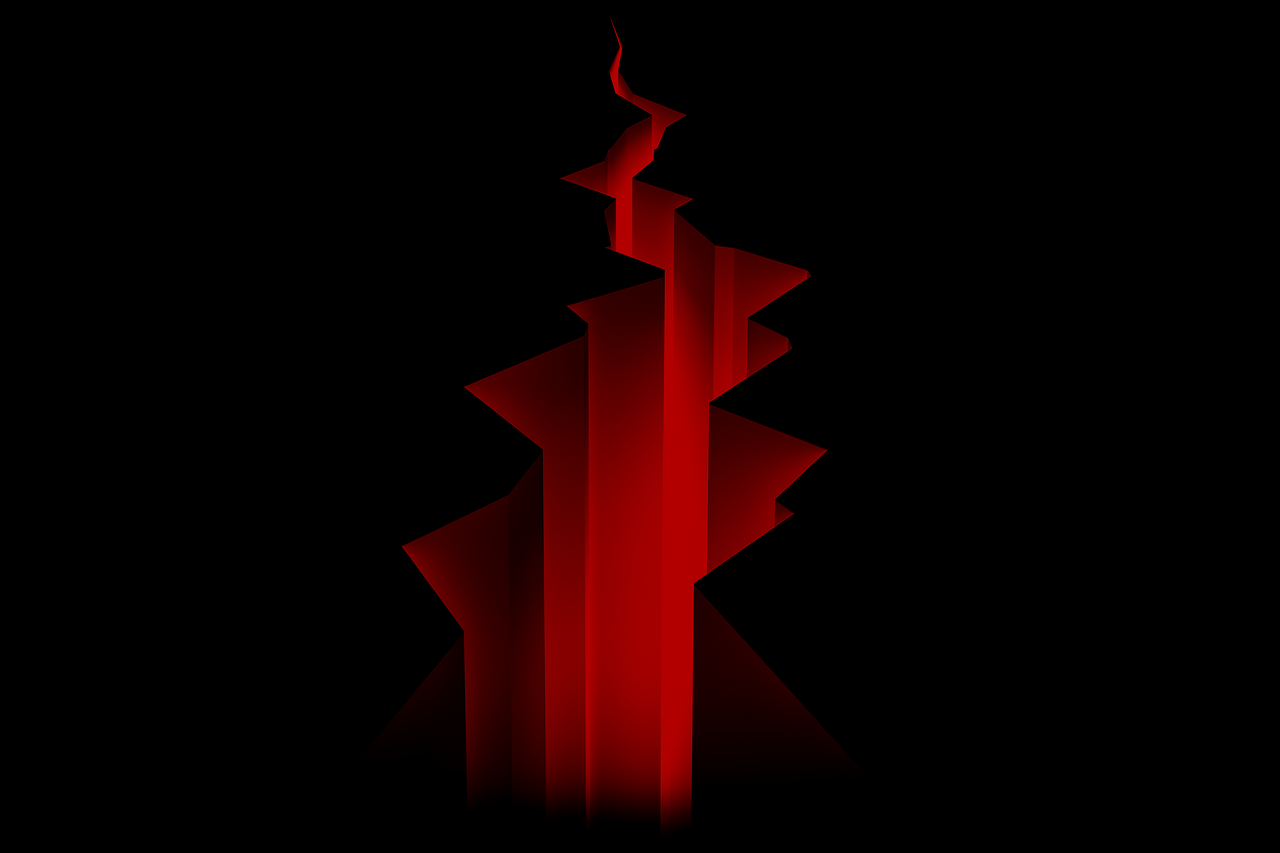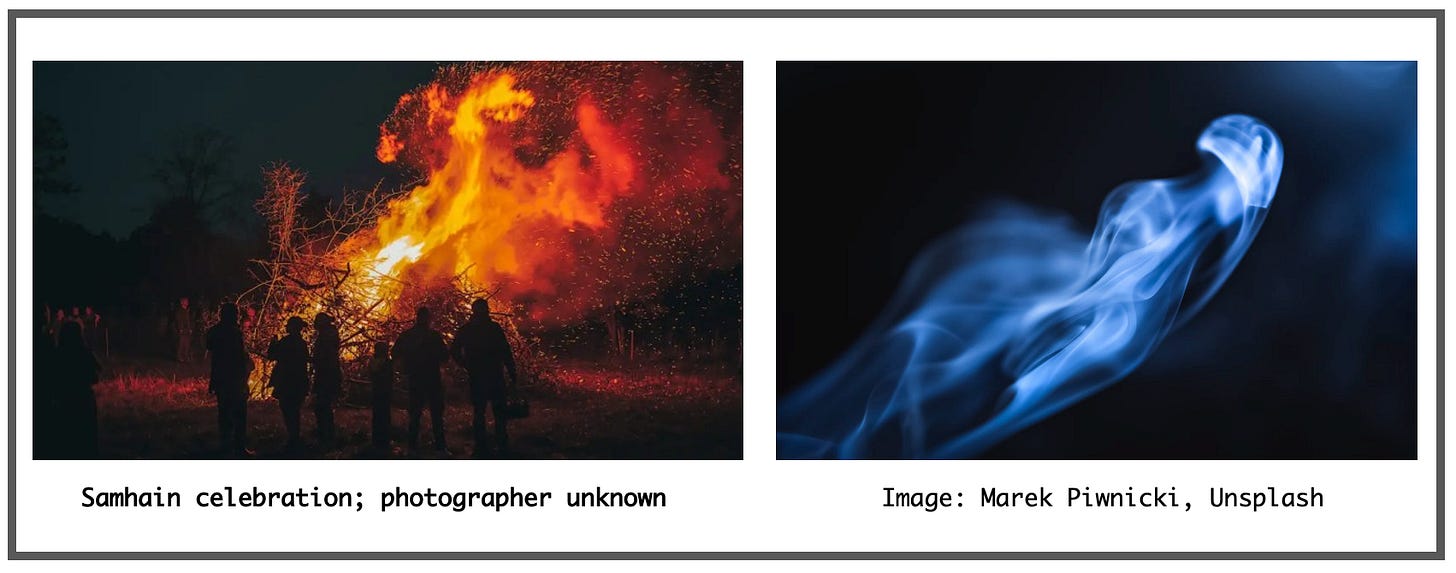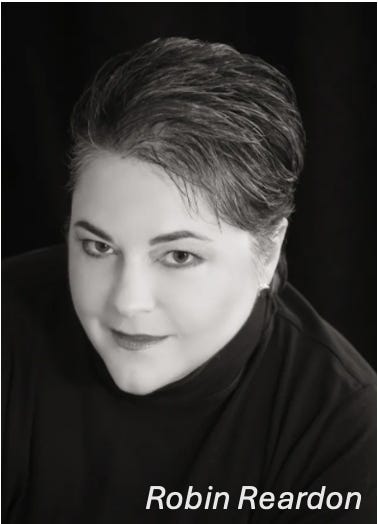Hell is real. It’s just not a place.
Musings for All Hallows Eve
Ghouls. Goblins. Ghosts. Devils. These are creatures of fear and pain and torture, the creatures of Hell as Christian tradition as well as others have described them. And following along in that tradition, in the constant battle between Good and Evil, October 31st is the day of the year when these monsters are allowed one last proverbial gasp before the forces of Good obliterate them, at least temporarily.
I refer, of course, to Halloween—a.k.a. All Hallows Eve, so called in Christianity because the next two days will honor the good guys. November 1st, All Saints Day, honors saints both known and unknown, and on November 2nd good Christians everywhere are to remember and pray for departed souls.
But the origins of what so many think of as Halloween have nothing to do with evil, or fear, or pain, or torture. In that list of four creatures I opened with, the only one that had origins in Samhain (Halloween’s ancestor, pronounced Sow-hen) is ghosts—more sprits than ghosts, actually. They weren’t the kind of ghosts that emit spooky hooting sounds or jump out at you from behind trees. They are departed souls, yes. But their appearance at Samhain is about love.
Samhain is an acknowledgement that what was, is past, and what will be, is future. It marks the end of a season of busy-ness, of plenty, and of warmth, and the beginning of a season of rest, and of quiet peace, and—yes—of cold. It’s a time for honoring what’s behind us, and that includes beloved ones who have died.
At Samhain, the veil that separates what was and what is takes on a nearly transparent quality. In the northern hemisphere, in the dark of October 31st, if one is willing and respectful and open, one might be able to communicate briefly with a loved one who has passed. And this leads me to ponder this concept we know as mortality.
Many religions include the concept of good and evil forever engaged in some epic battle, with evil forces (Satan, for example) plotting and working to claim mortals for their own domains. And most religions include a way out, an escape hatch, in the form of confession, repentance, and absolution. That is, one can wash away one’s sins.
The most challenging of these three actions is repentance.
The expression “to repent” implies not only an acknowledgement that harm has affected someone, but also it includes a promise not to repeat the offense. Buddhism advises us not to deny our nature. Unfortunately, very often our nature is exactly what leads us to do things for which repentance—changing our ways—is required for absolution.
The idea that “someone” (God?) is watching what we do, knowing what we think and feel, judging us according to a set of rules, is untenable to me. I prefer the atheistic claim that they do what is right because it’s right, not because they’re afraid of punishment or hoping for glory. The challenge here, of course, is knowing what “right” is. Does “right” live in the Golden Rule that we do to others as we would have done to us? I have a problem with that approach, because it puts “us” as the arbiters of what everyone else would/should want.
So, back to Samhain, and the Paganism where it arose. If Paganism has a golden rule, it’s this: An it harm none, do as ye will. Note what comes first: Harm no one. And to understand that, we must put ourselves, as best we are able, in other people’s shoes. We must see things from other perspectives. We must use empathy.
Hell is not a place where unrepentant sinners are sent to be tortured for eternity. Hell is a state that exists to various degrees in direct relationship to how closely connected one feels toward others (and, by extension, to God or some god-like quality). The more separate we feel from someone else, the easier it would be to harm them. Conversely, the more connected we feel, the harder to harm, the harder to do what is evil, what is not “right.”
I have friends who will engage in Samhain rituals. Some will dance around bonfires. Some will sit quietly and do what they can to invoke the spirits of loved ones. I wish them success and loving connections. But I will not be joining them.
I subscribe to the philosophy known as pantheism, in which God Is. You know, like the Great I Am. The verb to be is not transitive; one does not need to be something. One can simply be. And as I see it, when our bodies die and the part of us that is divine remerges with the Ultimate Divine, the particulars about our individual selves—good and bad—are gone.
So I say again, Hell is not a place where some noncorporeal entity will send us to suffer for eternity because of things we did during our short lives. No; upon death, the good we have done and the bad we have done remain behind us. Our actions might continue to affect people still living, but we have left them behind. In this way, death is our repentance.
Samhain. A time of love. Of connection. And these, I believe, are truly what all of us most fervently want. They are what I wish everyone, this All Hallows Eve.
You can subscribe for free to Robin Reardon Writes, though I hope you’ll consider becoming a paid subscriber. It’s not expensive, really! You’ll have access to everything I write on Substack. You’ll also have my undying gratitude.
One more thing: If you share this post, you’ll get credit for generosity, and I might get more subscribers.








Another well written article. Samhain is also about honoring the people who have crossed over since last Samhain. So I'll be honoring my ancestors (I think I'm one of those friends you mentioned, dancing around a bonfire, lol) and my dear friend Skot. It's also our New Year so I'll be setting the plans for the next year in motion. Thank you again for sharing your thoughts with us all. I love you. Happy Samhain.